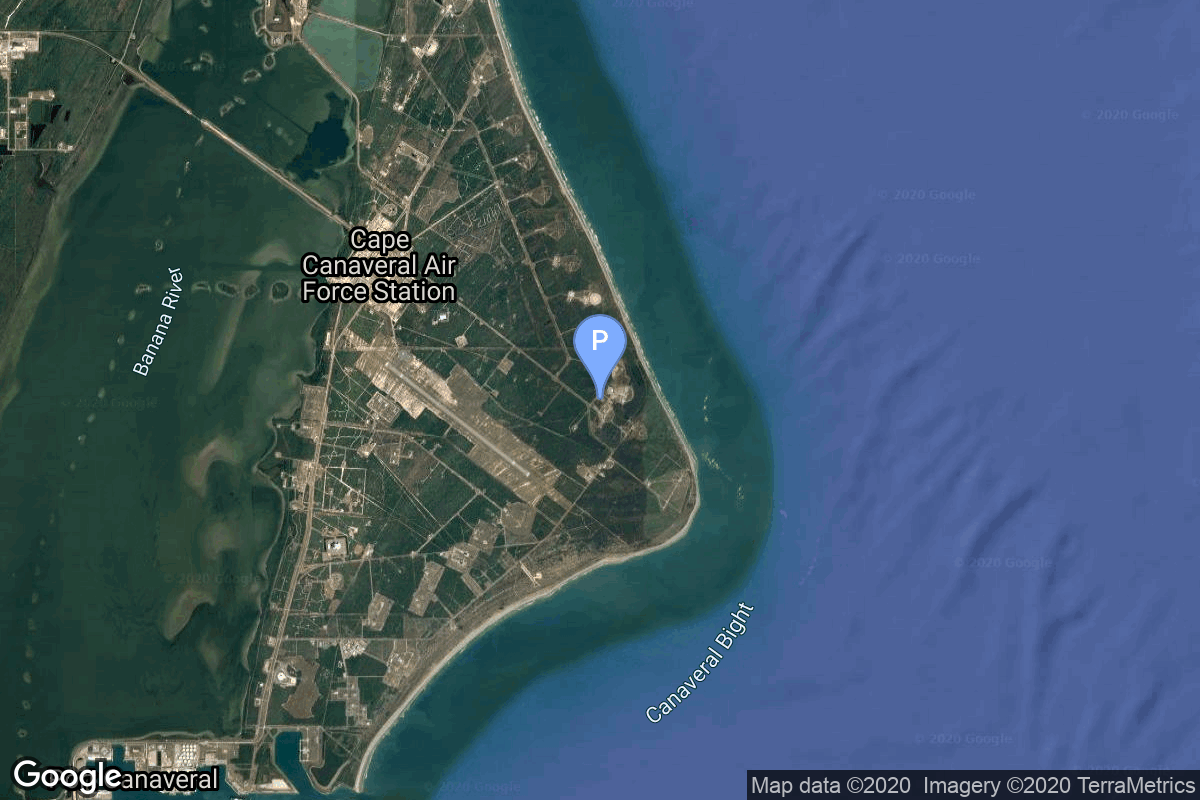NROL-10
Atlas IIAS
Lockheed Martin
Mission
NROL-10 (Quasar 13)
- Type: Communications
- Orbit: Geostationary Orbit
Satellite Data System (SDS) spacecraft are communication relay satellites for transmitting real-time data from US reconnaissance satellites (e.g. KH-11, Onyx, Topaz) in polar areas. They are also used for communications to USAF aircraft on polar routes and connect the various ground stations of the Air Force Satellite Control Network (AFSCN). The spacecraft relay the downlinked data to a ground station at Fort Belvoir, Virginia.
Location
Launch Complex 36A
Cape Canaveral, FL, USA
Launch Complex 36A has witnessed the launch of 68 rockets, including 68 orbital launch attempts, while Cape Canaveral, FL, USA, has been the site for 940 rocket launches.
Rocket
Lockheed Martin Atlas IIAS
Atlas II was a member of the Atlas family of launch vehicles, which evolved from the successful Atlas missile program of the 1950s. It was designed to launch payloads into low earth orbit, geosynchronous transfer orbit or geosynchronous orbit. Sixty-three launches of the Atlas II, IIA and IIAS models were carried out between 1991 and 2004; all sixty-three launches were successes, making the Atlas II the most reliable launch system in history.
Agency
Lockheed Martin
Lockheed Martin’s Space Division started in the production of missiles and later ICBM’s in the 1950s. Their TITAN missile system was used for 12 Gemini spacecraft and the Voyager probes. They have worked largely in collaboration with NASA on many of their probes, landers, and spacecraft, and hope to play a key role in NASA’s return to the moon in 2024.

